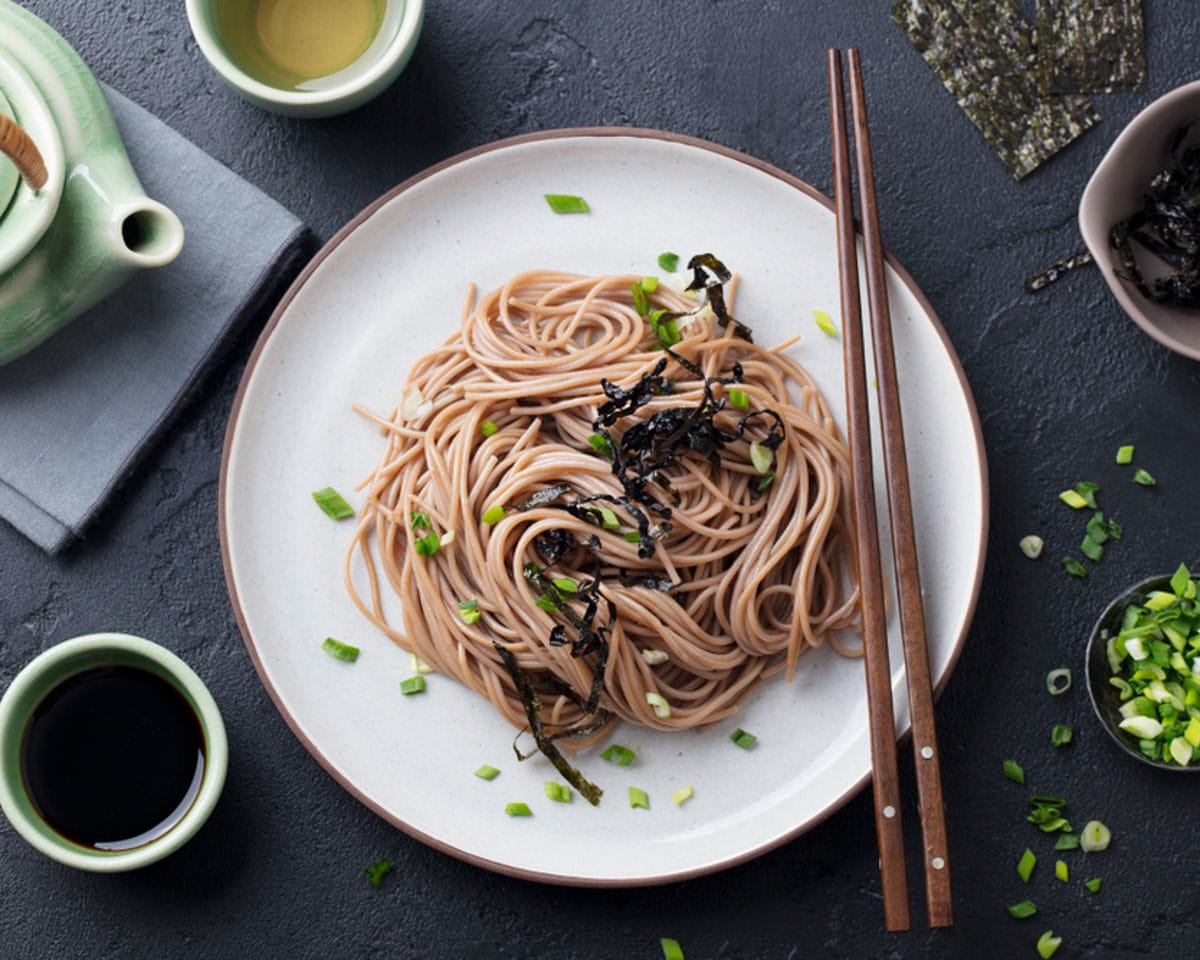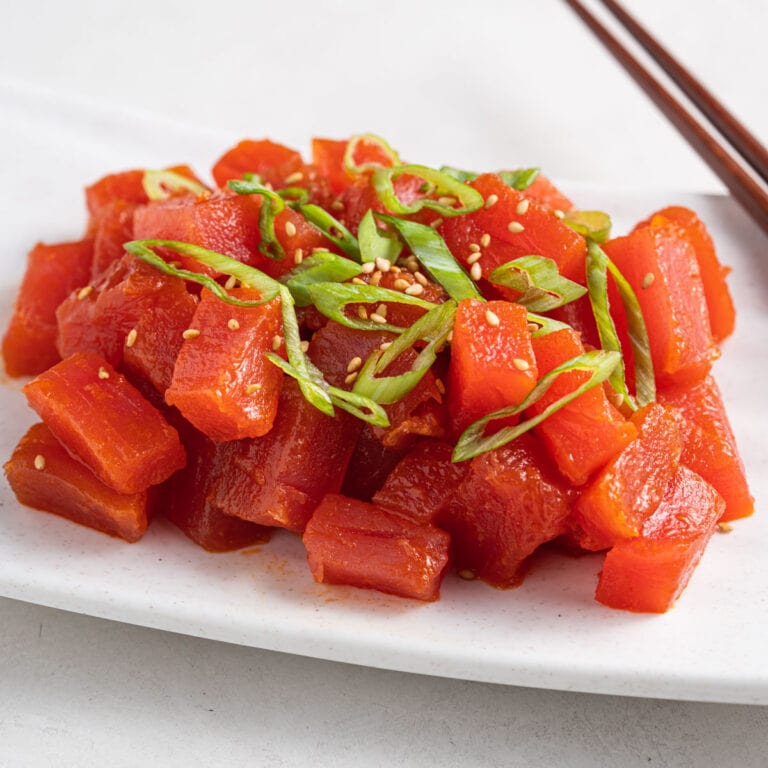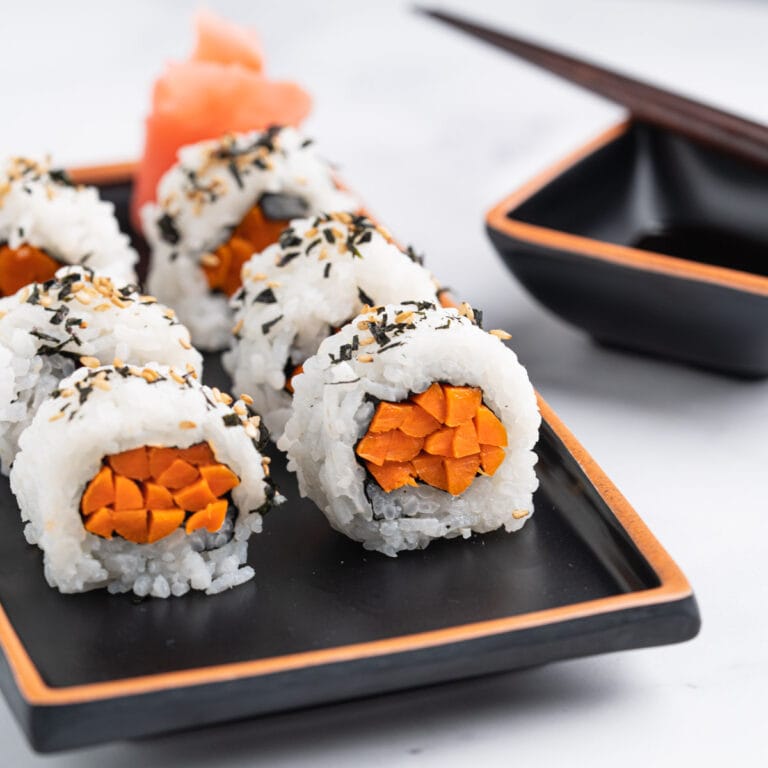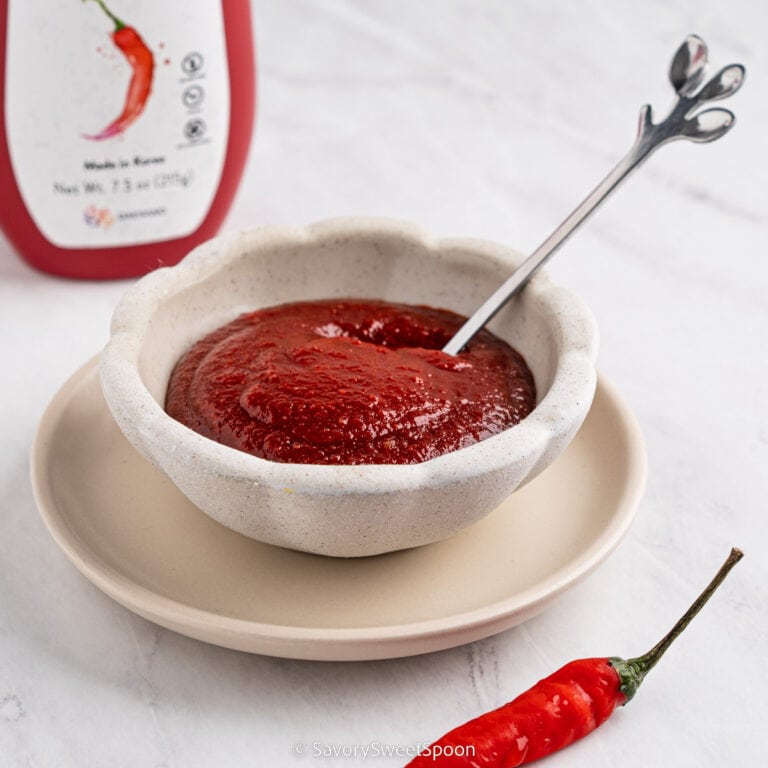Soba vs. Udon: What is the difference?
Soba and udon are two types of Japanese. But what sets them apart? How do you differentiate between the two? This comprehensive guide is here to help you navigate their distinctive flavors, textures, and cultural significance.
What is Soba?
Soba is a traditional Japanese noodle made from buckwheat flour, known for its delicate flavor, nutty aroma, and smooth texture. It has been a staple in Japanese cuisine for centuries, enjoyed in a variety of dishes ranging from simple noodle soups to more elaborate preparations.

The primary ingredient in soba noodles is buckwheat flour, which gives them their distinct taste and color. Sometimes wheat flour is mixed with the buckwheat flour to improve the texture and binding of the noodles. The ratio of buckwheat to wheat flour can vary, with higher-quality soba often containing a higher percentage of buckwheat.
Soba noodles are typically thin and long, resembling spaghetti but with a slightly darker hue. They can be found in different thicknesses, ranging from thin to thick, depending on personal preference and regional variations.
Soba noodles are commonly served both hot and cold. When served hot, they are often placed in a flavorful broth, such as dashi (a traditional Japanese soup stock) or soy-based broth, and garnished with various toppings like green onions, tempura, or thinly sliced meats. When served cold, soba noodles are chilled and accompanied by a dipping sauce called tsuyu, made from soy sauce, mirin (a sweet rice wine), and dashi. They are commonly garnished with grated daikon radish, sliced green onions, and nori (seaweed).

Soba holds cultural significance in Japan and is often enjoyed as a symbol of longevity and good fortune. Its versatility, delicate taste, and nutritional benefits have made it a beloved dish both in Japan and around the world.
What is Udon?
Udon is another popular type of noodle in Japanese cuisine, known for its thick, chewy, and hearty characteristics. These noodles have a long history and are cherished for their comforting taste and versatility in various dishes.

Udon noodles are made from wheat flour, water, and sometimes salt. The dough is kneaded, rolled out, and then cut into thick, flat strands. The resulting noodles have a pale white color and a pleasantly dense and springy texture. Unlike soba, which contains buckwheat, udon noodles are made entirely from wheat flour.
One of the defining features of udon is its thickness. While udon noodles can vary in width, they are typically wider and thicker than other Japanese noodles like soba or ramen. The thickness contributes to their unique chewiness, which is highly prized by udon enthusiasts.
Udon is incredibly versatile and can be enjoyed in a wide range of dishes. It is commonly used in soups, such as the classic “Kake Udon,” where the noodles are served in a hot broth made from dashi, soy sauce, and mirin. Other popular udon dishes include “Kitsune Udon” (udon topped with sweet fried tofu), “Tempura Udon” (udon with crispy tempura), and “Nabeyaki Udon” (udon served in a hot pot with various toppings).

Udon noodles are a comfort food in Japan and are especially popular during the colder months. They provide a satisfying and filling dining experience with their robust texture and ability to absorb flavors from broths and sauces.
Soba vs. Udon
Here’s a comparison between soba and udon:

- Ingredients: Soba noodles are primarily made from buckwheat flour, sometimes combined with wheat flour. On the other hand, udon noodles are made solely from wheat flour, water, and occasionally salt. This distinction in ingredients gives each noodle type its characteristic taste and texture.
- Texture: Soba noodles have a delicate, slightly grainy texture with a subtle nutty flavor. They are thinner and more delicate compared to udon. In contrast, udon noodles are thick, chewy, and have a hearty, dense texture. The chewiness of udon noodles is one of their defining features.
- Color: Soba noodles have a darker hue, ranging from light to dark brown, due to the presence of buckwheat. Udon noodles, made from wheat flour, have a pale white color.
- Cooking Methods: Soba is commonly served both hot and cold. Hot soba noodles are typically served in a broth, such as dashi or soy-based broth, while cold soba noodles are chilled and served with a dipping sauce (tsuyu). Udon, on the other hand, is primarily served hot in various types of soups, such as kake udon (served in a hot soy-based broth), or as a base for nabeyaki udon (served in a hot pot with additional ingredients).
- Versatility: While both soba and udon can be enjoyed in soups, udon’s thicker texture makes it particularly well-suited for hearty and filling dishes. Udon can withstand longer cooking times and is often paired with ingredients like tempura, vegetables, or meat. Soba, with its delicate texture, is versatile in both hot and cold preparations, making it suitable for lighter, more nuanced dishes.
- Cultural Significance: Soba holds cultural significance in Japan and is often associated with longevity and good fortune. It is traditionally consumed on special occasions and during the New Year celebrations. Udon, on the other hand, is deeply ingrained in Japanese comfort food culture, and its heartiness makes it a popular choice during colder months.





